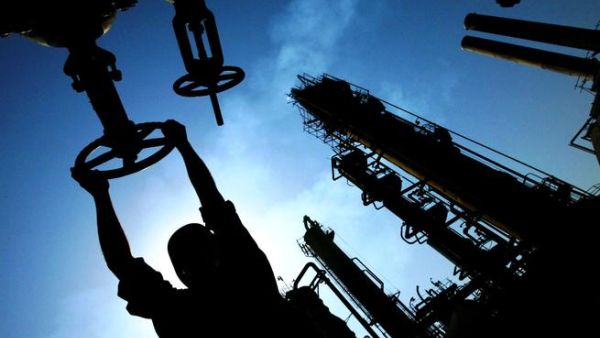A surge in US oil and natural gas production has lifted hopes about North American energy security, but that growth will plateau and will be difficult to replicate elsewhere, said Maria van der Hoeven, chief executive of the International Energy Agency, in an interview with The Christian Science Monitor said.
“There are some people who really think they can replicate the United States shale gas boom,” Van der Hoeven said. “It’s not as easy as that,” she noted.
The United States is awash in hydrocarbons, the result of good geology, supportive prices, a favorable regulatory and investment climate, and technology innovation. But the US energy boom is temporary, and not easy to replicate in other parts of the world, she added.
“The light tight oil revolution in the United States is changing the geographical map of oil trade. But we also mentioned [in an IEA analysis] that this growth would not last – that it would plateau, and then flatten and go down. That means that from 2025 onward, it’s again Saudi Arabia and the Gulf states that will come back. Because of the changing trade map, this oil will almost completely go to Asia – China, India, Korea and Japan.”
She further said “it’s also about having the right gas industry, the right knowledge, the right infrastructure, the water, the human skills, the geological information, etc. And geology in this part of the world, especially where the shale gas boom is, is quite different from Ukraine or Poland. You can learn from it, but it’s not a copy-and-paste. The United Kingdom is changing its attitude to shale gas. China wants to develop its shale gas, but it’s in a very dry part of the country. South Africa is looking to its shale gas resources. The point is there’s a lot of shale gas in the world, but it’s not as easily accessible as it was in the United States.”

A surge in US oil and natural gas production has lifted hopes about North American energy security, but that growth will plateau and will be difficult to replicate elsewhere.







